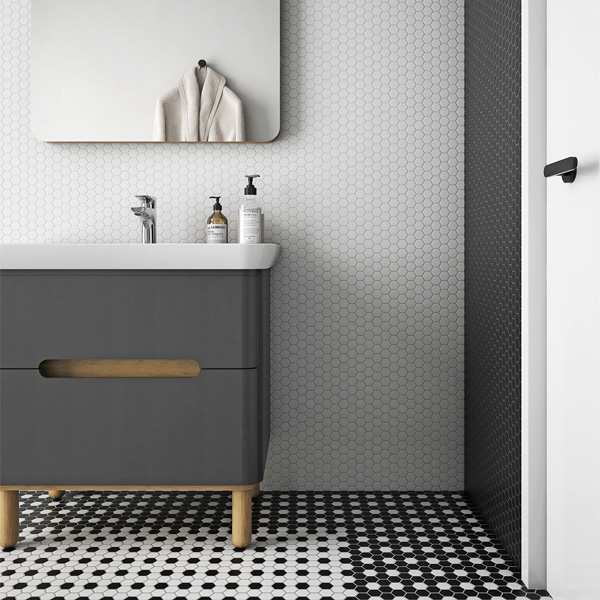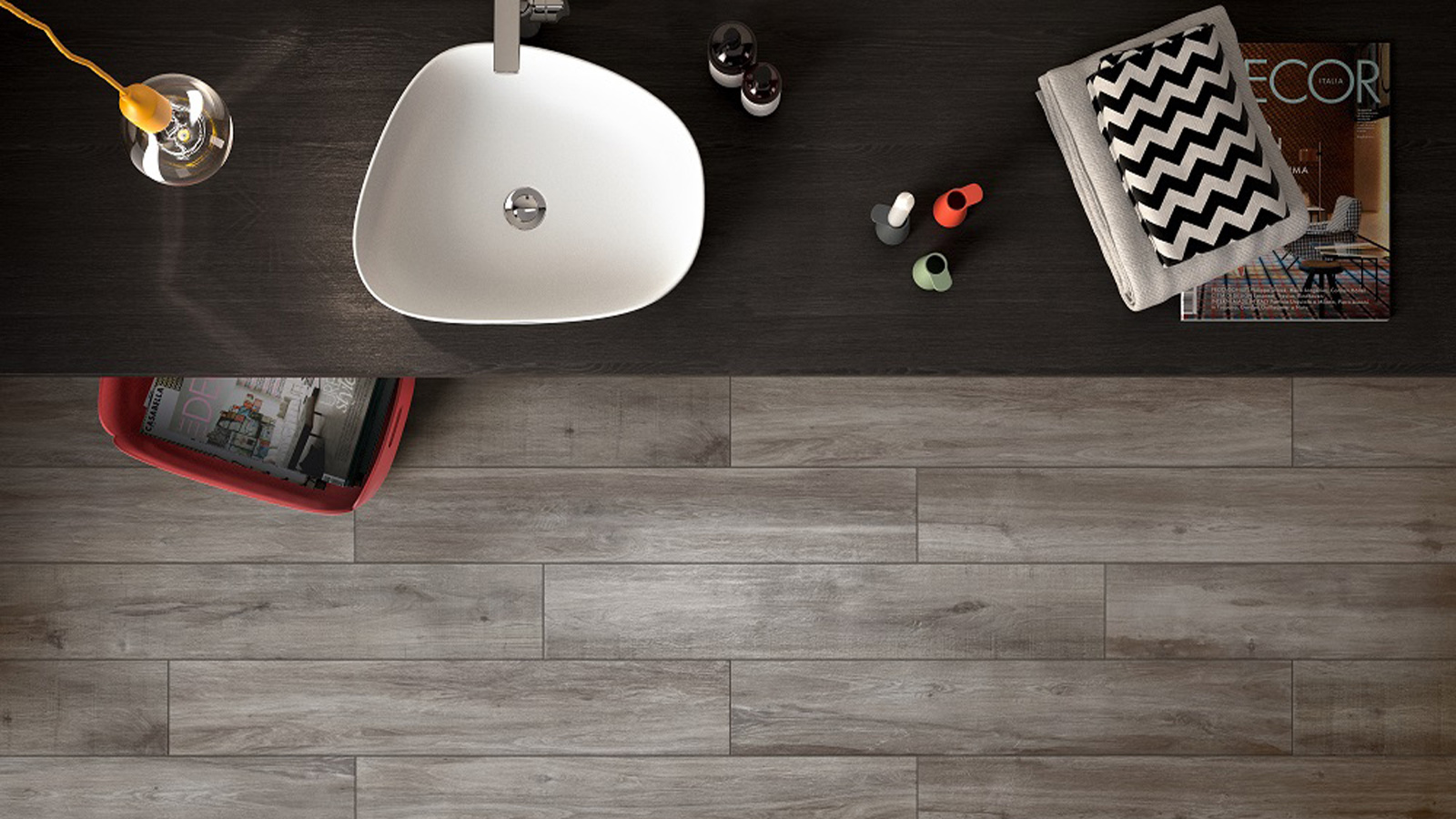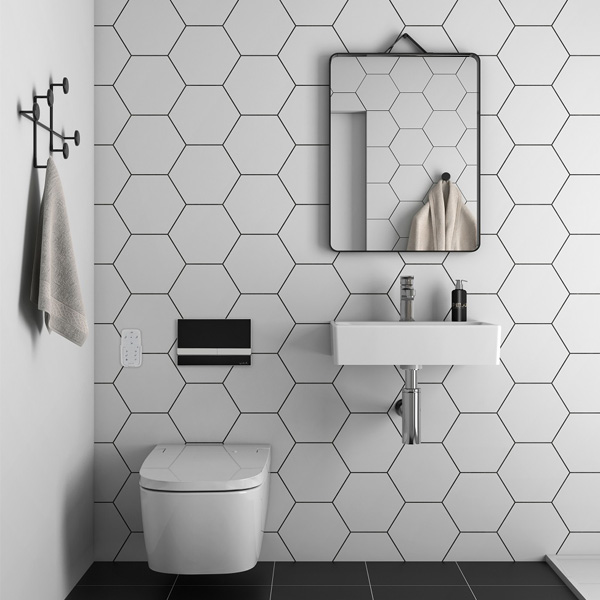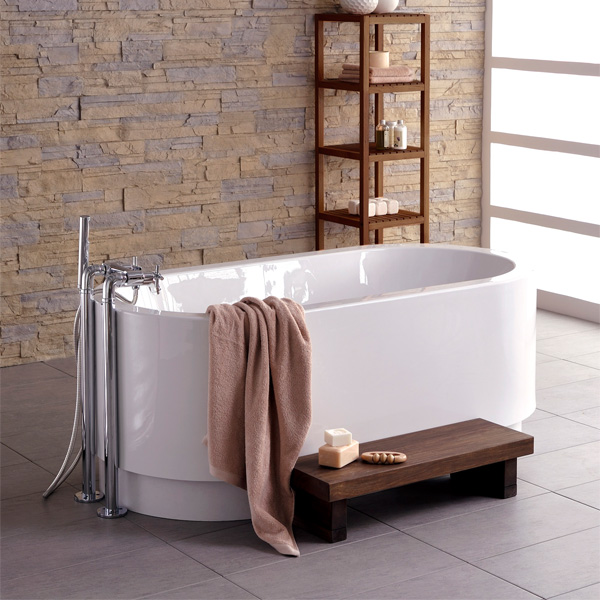With bathroom sales predicted to grow, VitrA‘s marketing manager Margaret Talbot looks at the trends for the rest of 2018.

Pictured – Margaret Talbot
There is an increasing shift towards multigenerational bathrooms, with manufacturers having to factor in simultaneous use, as well as independent.
After all, parents and children may use the room at the same time, and dual basins and shower heads mean partners can utilise the shared space, also.
Sponsored Video
In light of this, what are the essential base ingredients for bathroom design success? It should include:
- Simple wall-hung, modern furniture in subtle wood shades, soft creams or soft graphite
- A counter-top or vanity basin in an appealing shape, or a super-size slab top with one or two bowls
- Wall-hung sanitaryware
- A walk-in shower
- A freestanding bath
Recent developments have seen clever designs of bathroom furniture, like tall units, that can shield a shower from the basin or WC area, enhancing modesty.
Developing trends
The increasing use of mineral cast has made it possible to manufacture basins with defined angles and edges.

VitrA Sento bathroom furniture in matt anthracite with vanity basin, and VitrA Miniworx tiles
VitrA is also creating basins in cerafine, the finer particles allow for a narrower edge than traditional vitreous china.
The material is particularly successful with countertop basins in VitrA’s Outline range – available in matt mink, matt taupe, matt black, matt white and white.
A dark tile floor combined with a paler shade for the walls creates a softer, kinder look, but the brick effect style using white metro tiling is still popular.
Look out for increasing mosaic styling in tiles, with standout shades for grouting. VitrA also recently extended its Signature Collection with the announcement of Integra.
Futureproofing
Now, this does not mean installing a bathroom that looks like something from a hospital-type environment, but futureproofing is very much on the agenda.

VitrA TV outline basin in matt white
Modern wall-hung WCs can be set at a comfortable height for those with back or knee problems, and families, both young and old, will appreciate the convenience and care offered by a multi-function WC like VitrA’s V-Care.
Wall-hung fittings are a practical choice. The WC is suspended from the wall, supported by a concealed frame. Ugly pipework is hidden away, and cleaning is easy as the fittings are clear of the floor.
Wall-hung also makes a small bathroom appear larger, while a short-height frame is available if there is a window in the way, highlighting its flexibility.
A VitrA WC pan suspended by a wall frame will safely hold up to 60 stones (300kg).
Design flexibility
VitrA’s V-Care WC is helpful if a person needs the help of a carer. Washing with water after using the toilet leaves the user feeling clean and fresh.

V-Care wall-hung shower WC from VitrA with Miniworx tiles.
The V-Care Comfort model shower toilet features a sensor that opens the lid as the user approaches, adjustable washing and drying functions, a heated seat and more.
The pan is wall-hung so can be set at a comfortable height. It also features odour control, as well as VitrA’s Rim-ex construction which means there is no rim around the inside of the pan for germs and limescale to lurk.
Freestanding renaissance
Contemporary freestanding baths can be deep, but certain designs help to save water without affecting the bathing experience.

Cocoon bath from VitrA
All bathtubs should be designed for comfort and made from warm to the touch, lightweight materials.
VitrA’s 4Life collection features organic shapes and sophisticated design from VitrA’s in-house design team.
In an ideal world, it would be fabulous if the bathroom included a walk-in shower, as well as a bath.
A simple level access walk-in can be fitted into a small space, and just needs a simple glass panel to hold water.
VitrA Zero to Surface shower trays offer step-free access and have large central waste to swoosh water away.
After all, the trend for freestanding baths is very much in the here and now, as Philippa Turrell discusses here.



